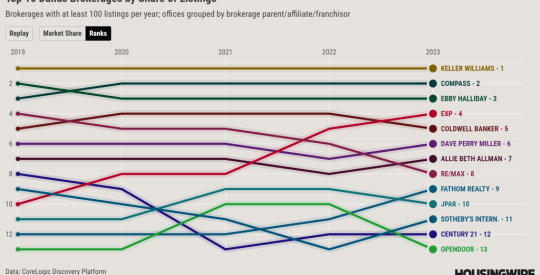With the Home Affordable Refinance Program receiving an expiration date of 2015, the Federal Reserve’s agency mortgage-backed securities purchases are expected to last longer than the market initially anticipated.
In effect, extending HARP reduces the potential for lower gross MBS issuance in 2014 and 2015, according to Bank of America Merrill Lynch’s (BAC) latest report.
“Although we anticipate that HARP burnout will intensify in 2014 and 2015, our estimate that there are as many as 2 million remaining HARP eligible borrowers suggests only a modest annualized reduction in the pace of HARP refinancings in 2014 and 2015 relative to the 2012 pace,” said Chris Flanagan and Matthew Carr, MBS strategists for BofAML.
They added, “And while many may think the lows in mortgage rates have been established, there is certainly the possibility that rates could move lower and that organic refinancings could also remain elevated.”
Furthermore, adding in the possibility that purchase mortgage production could increase as housing strengthens, there is the possibility that the issue of the Fed taking over the secondary market could not happen and, consequently, the need for tapering of MBS purchases will not emerge.
As a result, BofAML continues to recommend an ‘overweight’ of the agency MBS basis.
In 2012, Ben Bernanke, chairman of the central bank, submitted a white paper to Congress noting various policy considerations including, “barriers to refinancing blunt the transmission of monetary policy to the household sector.”
The paper followed up on a widely noted 2011 speech by Fed Governor Elizabeth Duke, in which she reinforced the importance of refinancing, making the case for eliminating obstacles associated with HARP 1.0.
Nine months later, the Fed took action on this view when it announced the additional purchase of $40 billion of agency MBS per month, which is the central bank’s current commitment.
“Presumably, part of the intent for these purchases was to keep mortgage rates low so that, with HARP 2.0 in effect, households could benefit from refinancing,” the analysts explained.
From the fourth quarter of 2011 through the first quarter of 2013, roughly 1.375 million borrowers have refinanced through HARP – already hitting and even exceeding the Fed’s target of ‘a million borrowers or so.’
At the same time, home prices are up by 11.6% from December 2011 through February 2013.
“Declaring victory and allowing HARP to expire at its previously scheduled date would appear to have been an option for DeMarco. Remarkably, however, the announcement exceeded probable market expectations that a one year extension was likely, not a two-year extension,” the report stated.
The extension happened for various reasons including the roughly 2 million HARP-eligible borrowers remaining, suggesting such borrowers could potentially benefit from HARP.
Thus, providing substantially more time to reach these borrowers would appear to make sense.
Additionally, the housing recovery is working well for Fannie Mae and Freddie Mac.
The combined net income in 2012 for both enterprises was $28.2 billion – for a total year-over-year upswing of $50.4 billion.
“While reducing credit losses through HARP refinancings is only part of the story, the adage ‘if it ain’t broke, don’t fix it’ comes to mind,” the analysts said.





